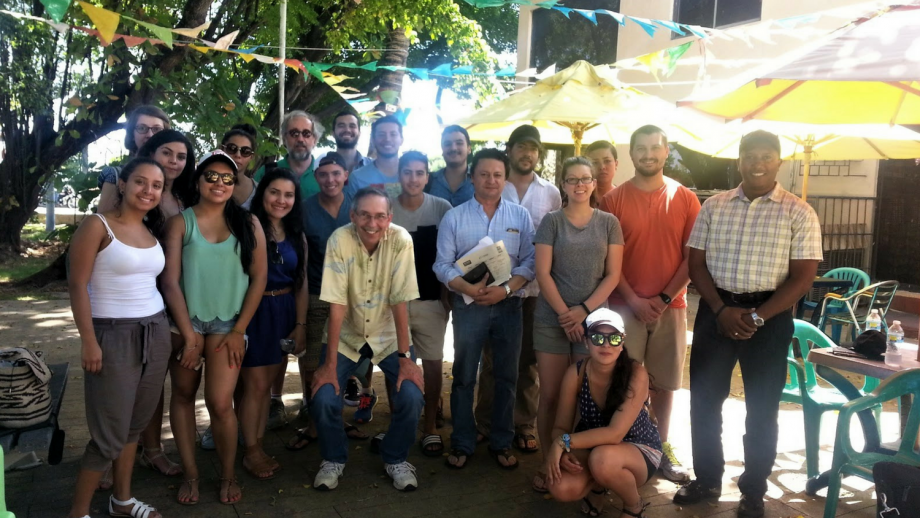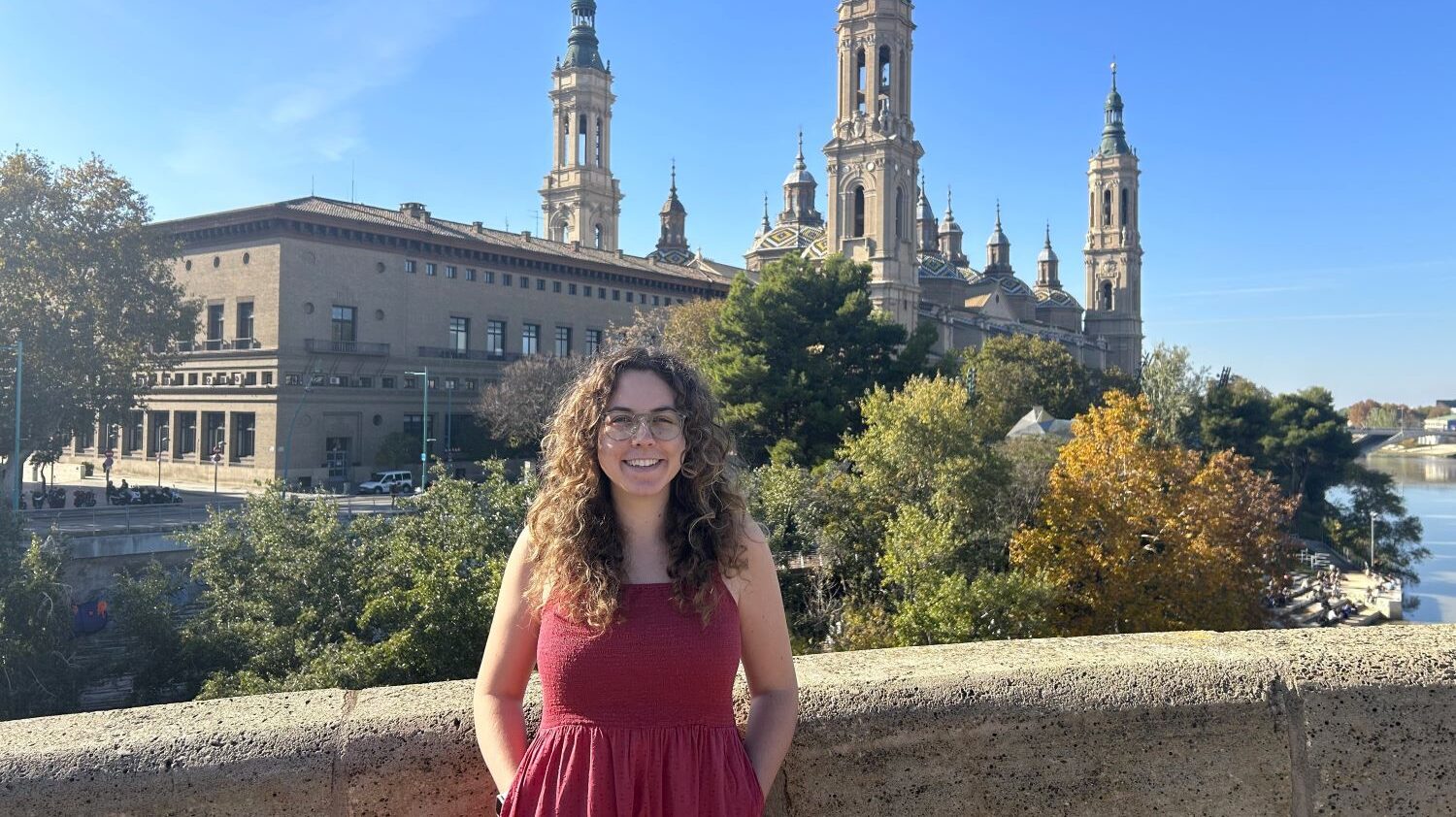Seaflower Biosphere Reserve Project Seeks Sustainable Solutions in Colombia

A chance encounter between colleagues interested in combining design with social entrepreneurship and tourism led to the Seaflower Biosphere Reserve Project, a collaboration between NC State and the Universidad Jorge Tadeo Lozano (UJTL). Headed by NC State applied anthropologist Tim Wallace, the project focuses on sustainable solutions to ecological change from tourism in Bogotá, Colombia.
With previous experience working in Costa Rica, Mexico, Peru, Ecuador and Guatemala, Wallace is passionate about Latin America and pairing social entrepreneurship with tourism. As the recipient of an Outstanding Global Engagement award and one of the founders of PeopleFirstTourism, Inc., an online marketplace where tourists make positive impacts on the communities they visit, Wallace’s involvement with the Seaflower Biosphere Reserve Project was a natural progression of his interests. The continuing goal of the project is to address issues of climate change and economic development through the promotion of entrepreneurship and sustainable tourism experiences.
Bringing together three NC State colleges and departments with UJTL, the project is a collaborative effort to undertake sustainable solutions to ecological change on small islands and coastal areas of the Caribbean. In Colombia, unsustainable tourism and other strategies for development eventually fail to meet the needs of local populations. In fact, these efforts often come with additional social and economic pressures.
In the first phase of the project, three NC State students joined 15 UJTL students to collect data that will contribute to a two-four year project addressing climate change and tourism as they affect all of Colombia’s island and coastal regions.
During this time, NC State and UJTL faculty and students created integrated teams and collected data necessary to design different aspects of a design intervention. Students and faculty used both design and anthropology principles to guide their intervention and the way they presented their data to the Bogotá community.
“One thing that has been valuable to me about this project has been to observe the idea of how designers work. Because I’m an applied anthropologist, I’m generally observing what happens, rather than intervening to figure out what we can do to make life better,” said Wallace.
Wallace was awarded an Internationalization Seed Grant in 2015, a program facilitated by the Office of Global Engagement and the University Standing Committee on International Programs. With funds from the grant, Wallace enacted a second phase of the project, bringing another NC State student to Bogotá to stay involved with the projects of the second year of UJTL students, who were continuing to design and refine ideas that had been proposed in the previous year’s cohort. Throughout the project, NC State representatives also hosted workshops to teach the students and faculty at UJTL about qualitative data collection, public interest design and participatory action research.
Knowledge exchange facilitated by the project has allowed for more beneficial intervention strategies. The goal is not just to collect data as anthropologists or designers, but to propose a viable solution to the community.
Wallace explains that “there is a new interdisciplinary field called design anthropology. As an anthropologist, I can provide the understanding of traditions, heritage, customs and norms, and a designer can provide the ways of organizing and thinking about what might make life better for a place or people in some way.”
Wallace’s goal is to continue to enhance the collaboration between UJTL and NC State. From a design anthropology course in art studies to projects in industrial design, the effects of the relationship between the two universities through the Seaflower Biosphere Reserve Project continue to grow.


